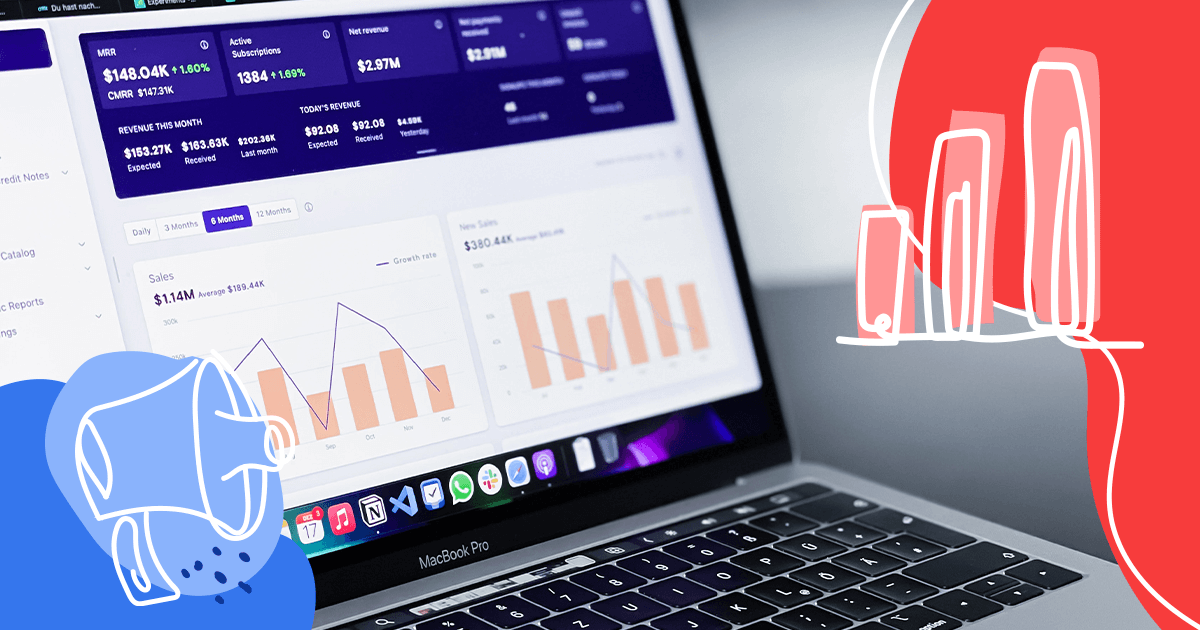Download this post by entering your email below
I’ve never been to Disney World, but I’ve seen enough pictures to make the image of Cinderella’s Castle clear in my mind: grey bricks, a blue roof, plenty of windows, doors, and towers that seem to touch the sky.
But did you know it’s only 189 feet tall?
We have the impression that it’s much taller than it actually is because Disney used a technique called “forced perspective” to create this illusion.
Basically, each floor is smaller than the one below it. That includes doors, windows, and even bricks.
Our brain interprets that those elements are farther than they really are, just because they are smaller than they should be!
I think it’s amazing.
After all, no princess lives there to complain about very low ceilings.
Actually, no one complains about the architectural inaccuracies of their buildings. For the visitor of the park, this is just one of the many “illusions” that help create the famous Disney Experience.
And millions of people enjoy this experience every year (well, maybe 2020 will be an exception).

In marketing, every time we interact with a piece of content, we are also living an experience: the satisfaction of learning something new, the comfort of being well informed of a decision, etc.
And just like the thousands of people working at the backstage of a Disney park, a good marketing strategy is invisible to the audience.
Nobody wants to know if a video they are watching is a top of the funnel awareness piece of content, with total viewing time as the main KPI.
Like they say: nobody likes to be sold to.
And how can we provide value to our audience, through their entire buyer journey, in a way that when they decide to finally do business with us, it will feel ‘just natural’?
We need to put ourselves in their shoes and imagine — design, actually — the experience they’re having when interacting with our content.
Is it good? Are they having fun? Are they learning? How can I orchestrate all the pieces of content that I could create, to give visitors the best experience overall?
Enter: the Content Experience approach
Let me be straight here: the term ‘Content Experience’ wasn’t coined by us at Rock Content, it’s been used many times in the past, with multiple meanings.
But, we haven’t seen yet is the use of this term on a deeper level, as a different approach to marketing.
Let’s start with our definition:
“A CONTENT EXPERIENCE is the flow of relevant, rich, beautifully crafted content that engages prospects across the full buyer journey over a sustained period of time”.
In other words, when creating your content strategy, you need to think that your audience will interact with you in different ways, through different channels and formats, all elements of a bigger experience.
Marketers need to design the experience in a way that everything connects, where we act as a guide through a journey of valuable content for the whole audience, from the perspective of the person consuming it.
Ok, you may be thinking: this sounds a lot like Content Marketing. Well, you’re right!
It’s still a content-based strategy, with different types of content as tactics.
But marketing is what we do; the experience is what reaches the audience.
This might sound trivial, but it’s not easy to change our way of working, and we marketers have been focusing too much on tools, technologies, and processes.
This is important, but they are just a means to an end: provide a great experience, and results will come.
Here’s an example: the Google Search Console now has a report called “Core Web Vitals” that considers three metrics related to the loading speed of pages:
- LCP: the amount of time to render the largest content;
- FID: time it takes for a page to respond to the first interaction;
- CLS: the amount the layout shifts during the loading phase.
After this new report was launched, hundreds of marketers became obsessed with improving each one of those metrics. Blog posts, videos, and every sort of content imaginable were created.
But almost no-one was focusing on the right questions:
- When I enter this site, will I lose my patience? Or will I think it has a bug, and then I will leave?
- Will I click on a slow loading Ad by accident?
- Will I share this content? Is it relevant, and does it provide a good experience?

There’s no amount of optimization that replaces asking the questions from the user’s perspective. I’ve seen many pages with good content and a very low pagespeed, score rank high on Google. They are not hard to find.
But trying to find an extremely optimized page with poor content that performs well, is much harder.
And yet we became obsessed with those tools, numbers, and acronyms, which leads marketers to spend a lot of time and energy on optimizing them. With marginal gains.
That’s why we need to approach things from a different perspective. That’s why we need a Content Experience approach.
Putting into practice
Focusing on providing your audience with the best Content Experience doesn’t change the fact that you are still doing marketing.
All of the basics still apply in terms of defining an objective, allocating budget, and delivering results
Just as with any kind of marketing discipline, there’s a target audience, and that audience is made entirely of humans (well, that’s been true at least until 2020), and humans don’t change behavior by being taught, but rather by emotional responses. So…
1. Ask the right questions
When creating a piece of content, the right questions are always related to how someone feels while consuming it.
So, put yourself in their shoes and ask things like:
- Is this content interesting to me?
- Am I getting annoyed or irritated by anything on this page?
- Do I feel like sharing this? Why?
- Do I feel that I can trust this author? Why or why not?
- Etc… you got the point.
If you’re confident that your audience will have a positive answer to most of these questions, it’s a better indicator of success than any other technical, internal, KPI.
The technical side is always important, but it shouldn’t be the driving force behind any decision.
Technical choices are just the consequence of your previous, customer-centric, choice of providing a good experience.
2. Create a rich content environment
A good Content Experience is not limited to a single piece of content.
It’s an entire environment of premium content in multiple formats, structured in a way that guides and compels your audience to engage with your brand.
Whenever you are creating content, it’s important to insert it into this environment and determine how it relates to other pieces of content in a meaningful way for your audience.
Your content must be organized (by tags, groups, etc.) and linked to each other.
3. Diversify your formats
Even though you can create a successful strategy using a single format, it’s much harder than creating multiple and diverse forms of content.
If you only write blog posts, you are not reaching people who prefer videos, for example.
The same person consumes different content formats in different circumstances.
I prefer to read a blog post rather than watch a video, but when I’m on my daily commute, I listen to podcasts.
Also, when you publish content, in any format, the hardest part of the job has been done already: researching and structuring the essence of the content, the tone of the message, etc. Adapting to new formats is easy when you already have this.
A good approach is to have a checklist of all the formats a content should be adapted to and create the processes to make it simple and effective.
4. Interactivity and personalization
It’s no secret that nobody likes generic content, and as marketers, we know pretty well that the more specific the message, the higher the conversion rate.
But we also forget to remember that a high conversion is the consequence of a content that triggers emotions by creating a connection with the audience.
When creating Content Experience, we must aim to create this connection. That’s where personalization and interactivity play an essential role.
Personalization allows us to create a tailored experience for different audience members, increasing the chances of engaging with your content.
I’m not talking about simply putting their name on the subject of the email. I’m talking about identifying the interests of a group of people and adjusting your content to resonate with them.
And if you want to go a step further, creating interactive content like quizzes, calculators, etc., is the way to go.
A good interactive experience is a co-creation with the audience, and just like assembling a table, people place a higher value on things they help create. It even has a name: IKEA effect.
The result is more brand exposure, positive feelings towards it, and better conversions.
And, of course, a more engaged and happy audience.
Conclusion
A Content Experience approach to marketing is not hard to execute, and it doesn’t require big changes if you already invest in Content Marketing. Blog posts will be written; videos will be recorded, etc.
The big change in this new approach is the principle that will guide the creation of the strategy and the tactics.
But it’s totally worth it because a marketing strategy that generates business results is the one that also creates more value for the audience and customers.
For more information on content experiences, check out this issue of the Rock Content magazine!
2024 State of Marketing Report
Your golden ticket to crush your goals with data-driven insights!
2024 State of Marketing Report
Your golden ticket to crush your goals with data-driven insights!

![[Rock NA] State of Marketing Reports 2024 – Comkt Hubspot State of Marketing Report 2024](https://rockcontent.com/wp-content/uploads/2022/07/Banner-Fino-Rock-Convert-2500-%C3%97-500-px-19.png)







